Facilitating a project rather than merely dispensing knowledge help students approach new ideas, information, and problems.
Get Started for FREE
Sign up with Facebook Sign up with X
I don't have a Facebook or a X account
 Your new post is loading... Your new post is loading...
 Your new post is loading... Your new post is loading...

GoogleLitTrips Reading List's curator insight,
August 3, 2013 9:29 AM
I've seen a few of these before and find them all fascinating. The first of ten (above) is beautiful, but be sure to double click on it to enlarge. An intriguing visualization of the tracking of multiple plot lines within each of the books on the left lead to several of the most universal elements of plot.
The larger the color area on the right, the more frequently that plot element is found in the books.
If you were to replace the books on the left with just the titles you teach in a single course, what might be color distribution on the right look like.
Better yet, (perhaps) if your students were given this as an optional learning experience for the books they read in a personal reading program, what would the collor distribution on the right look like.
The potential for adapting this kind of concept to an engaging way for students to contemplate the structures, plots, themes, and genres they explore are limitless.
And best of all, this particular visualization is only the first of 10 to follow in this article!

Jenna Krambeck's curator insight,
August 3, 2013 11:25 PM
Interesting infographics to showcase literary ideas.

Jane Sowter-Maranion's curator insight,
May 27, 2013 7:33 PM
I think this is a great Web 2.0 tool. Students will have a wonderful time making their visual presentations more interesting.

Maree Whiteley's curator insight,
March 9, 2013 3:07 AM
Students use critical thinking skills to collect, evaluate and analyze content; they may identify trends from discourse; they develop writing skills in original expression; and they interact, communicate and publish to a global audience. But perhaps more importantly, students practice digital citizenship and personal responsibility to lifelong learning...love it! 
Catherine Smyth's curator insight,
March 11, 2013 7:07 PM
I think the scope for Scoop it is sensational. It's a great way to organise, filter, select and highlight online digital resources around a topic, theme or idea.

Maree Whiteley's curator insight,
February 15, 2013 3:43 AM
More great responses from primary students after watching the Together for Humanity teacher resource videos. 
Catherine Smyth's curator insight,
April 1, 2013 8:41 PM
Primary students reflect on what Australia Day means to them. 
Catherine Smyth's curator insight,
April 1, 2013 8:42 PM
What is Australia Day? Reflection is a powerful factor in learning.
Don't underestimate the importance of historical language in developing historical understanding. Provide opportunities for students to expand their historical vocaulary and to use language for a variety of purposes. Young students need explicit instructions for when and how to use conventions of language.
Husbands (1996) identifies different types of historical language including: 1. The language of the past (e.g. British colonisation, original inhabitants, convict, First Fleet, monarchy, revolution, Terra Nullius) 2. The language of historical time (century, period, modern, decade) 3. The language of historical processes (cause, chronology, similarity, difference, perspective) 4. The language of historical description and analysis (revolution, monarchy, democracy)
Use 'Word Walls' or word charts to help students keep track of information and terminology that is used in a Unit of Work and keep adding new words.
|

Maree Whiteley's curator insight,
April 8, 2013 6:53 AM
Some creative ideas for planning your history tasks...for every learner, for every level of thinking...love these posters!

Brenda Robinson's curator insight,
March 21, 2014 9:46 AM
That is one great thing about FACEBOOK AND TWITTER, it forms connections and inspires people to "DO" and "ACT". |






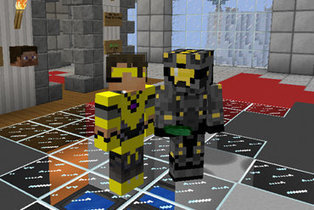
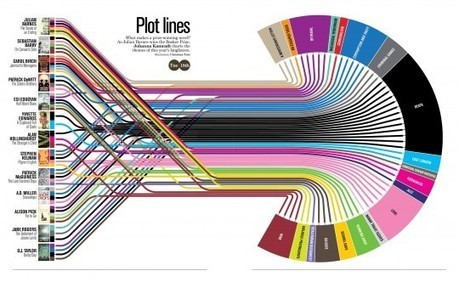



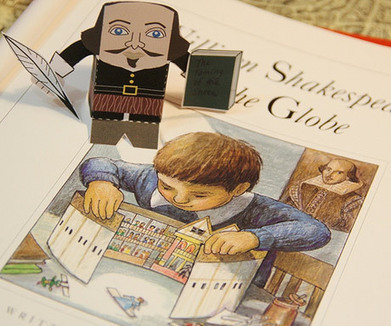
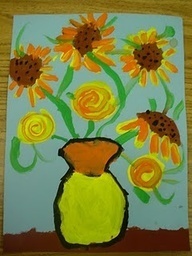

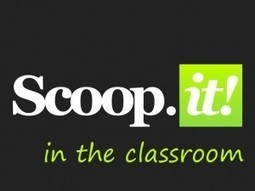

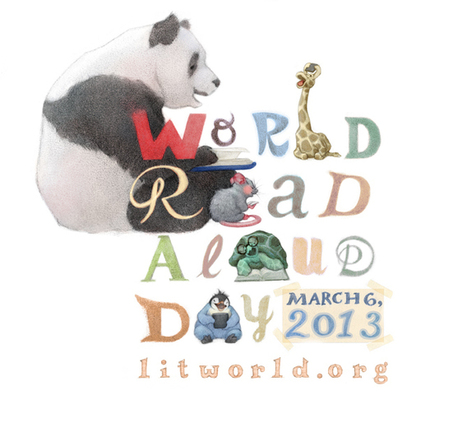

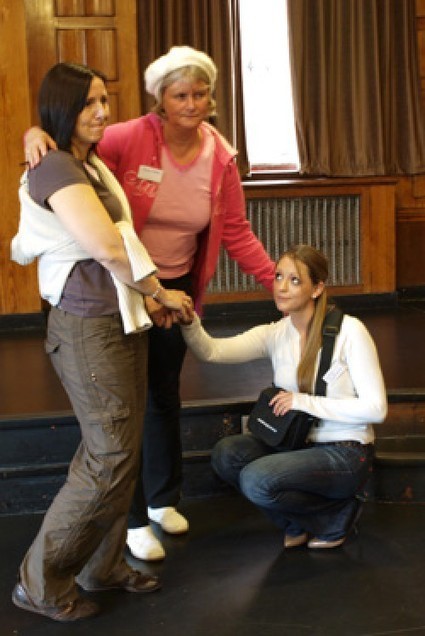
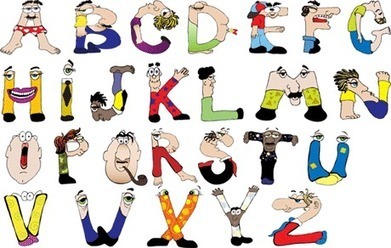


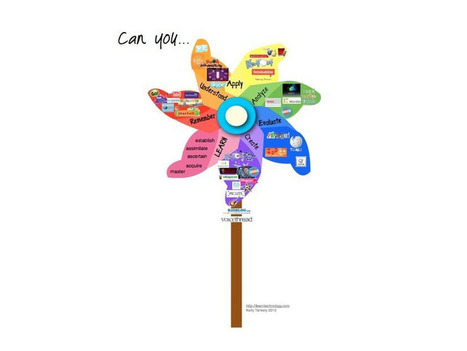

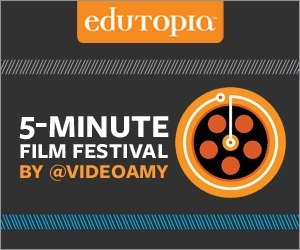

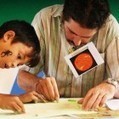
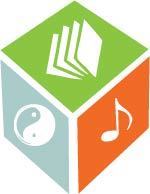







Very true! Prevents students from getting bored and skipping class. Make them want to be there as it engages them and their brains.